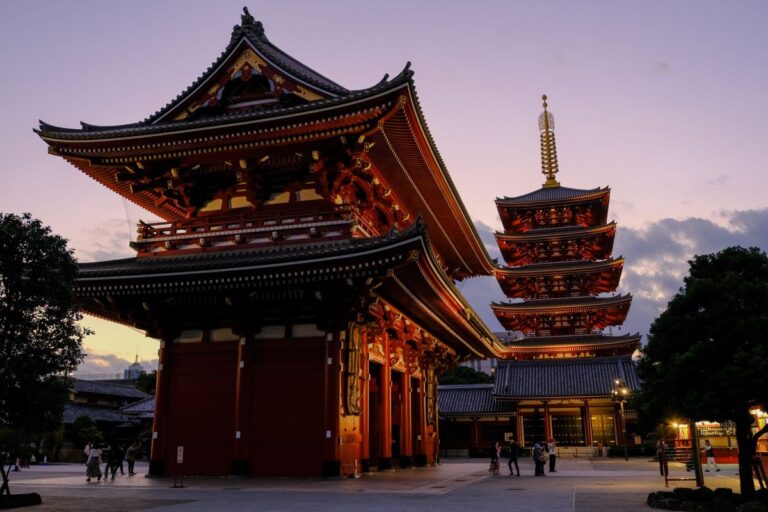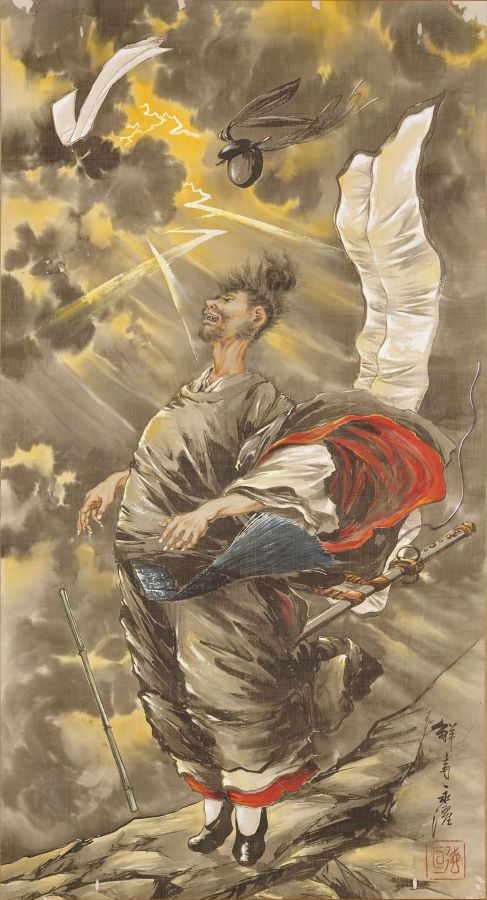Samurai were the military nobility of Japan who served as warriors during the country’s feudal period. They were highly skilled in martial arts and were known for their strict code of honor, known as bushido.
Samurai were not only skilled warriors, but also scholars and poets, and played an important role in shaping Japanese culture and society.
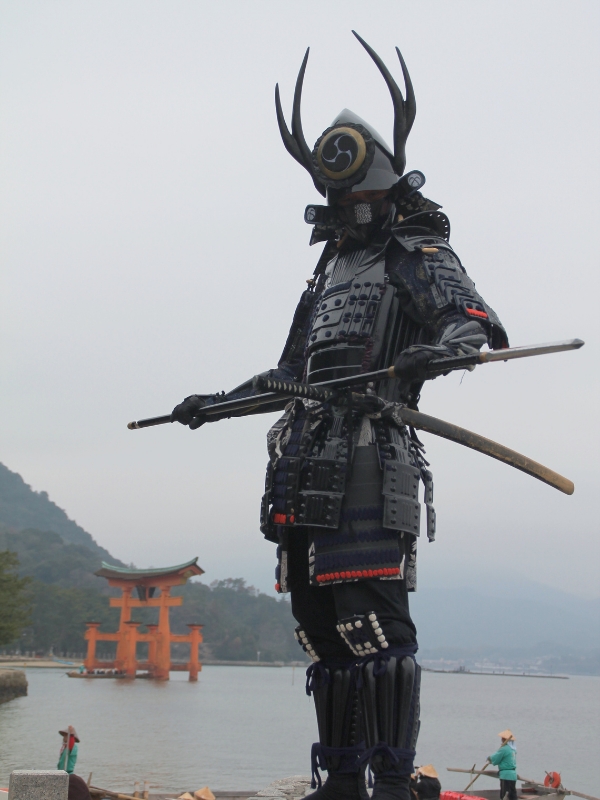
The samurai emerged in the 10th century and continued to serve as the ruling class of Japan until the Meiji Restoration in the late 19th century. During this time, they were the retainers of powerful feudal lords called daimyo, and were responsible for defending their lord’s land and maintaining social order.
Samurai were often depicted in popular culture as fierce fighters who were willing to die for their lord, and their legacy has continued to capture the imaginations of people around the world.
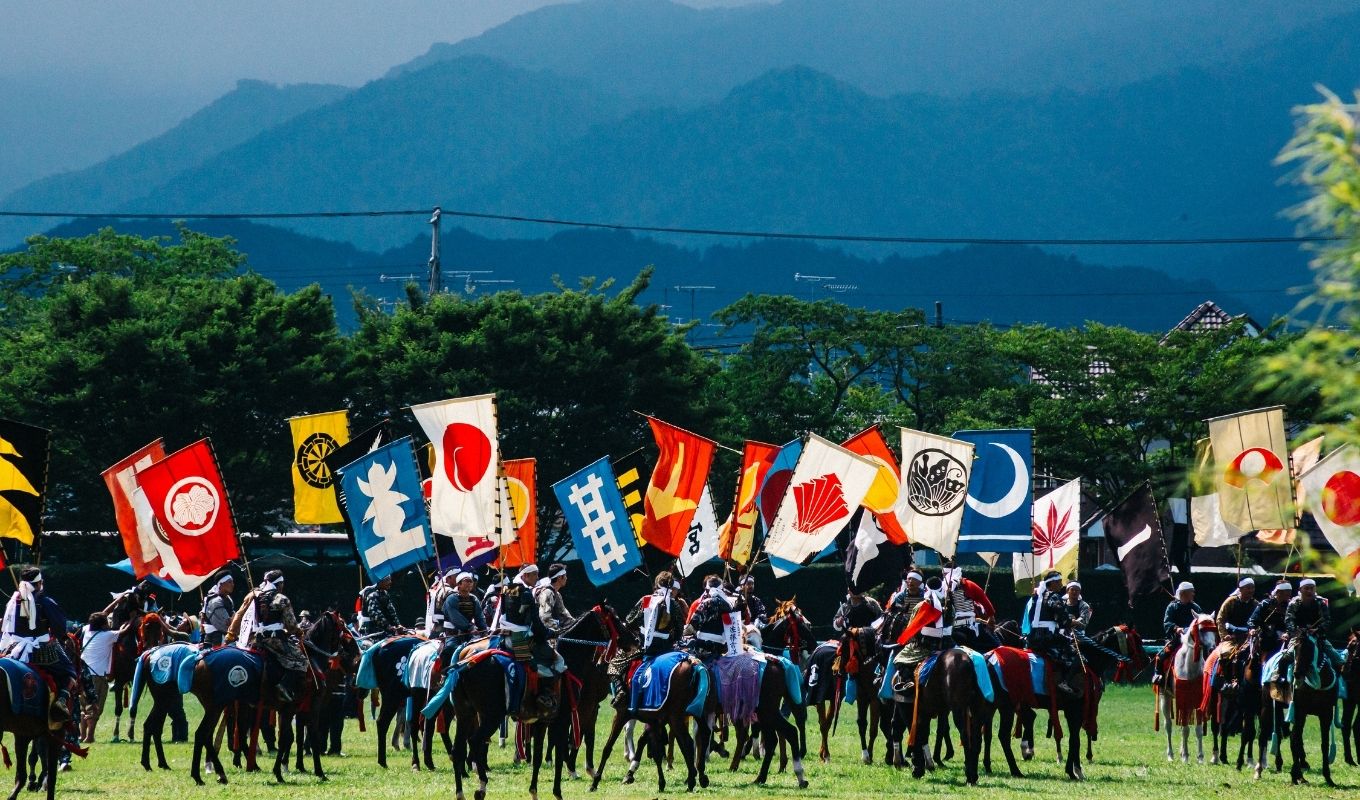
Today, the samurai continue to be an important part of Japan’s cultural heritage, and their influence can be seen in everything from martial arts to fashion. While the era of the samurai may be long gone, their legacy lives on, and their story continues to inspire people around the world.
History of Samurai
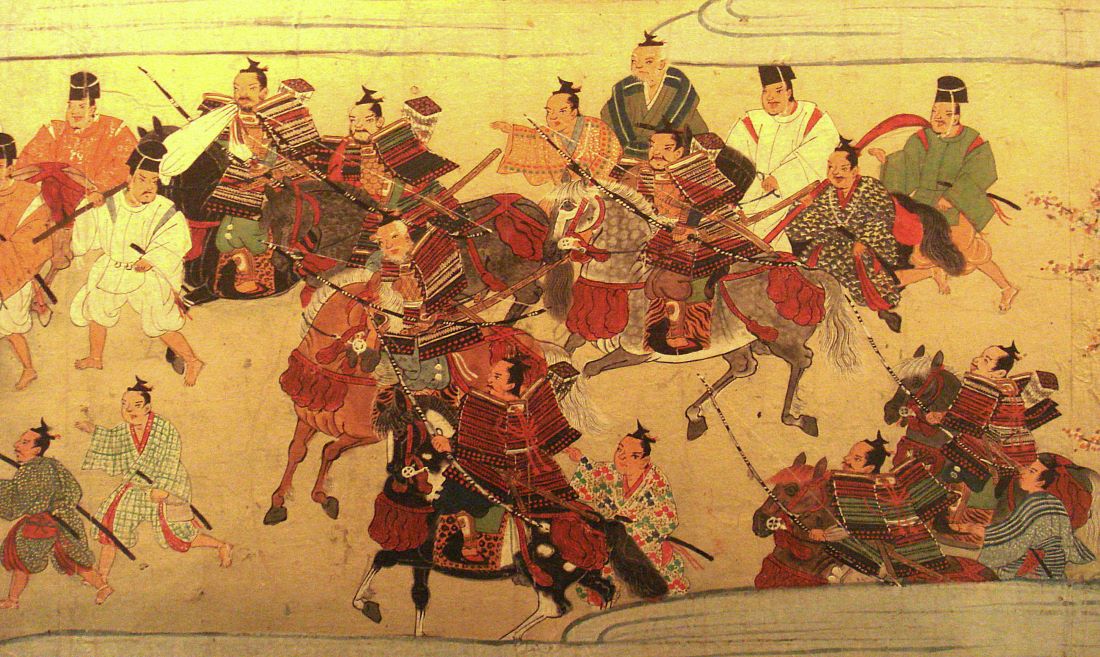
The samurai were a class of highly skilled warriors that arose in Japan after the Taika reforms of A.D. 646, which included land redistribution and heavy new taxes meant to support an elaborate Chinese-style empire.
The reforms forced many small farmers to sell their land and work as tenant farmers. This created a new class of wealthy landowners who could afford to hire and train their own private armies. These armies were made up of samurai, who were originally hired to protect their lord’s land and interests.
During the Kamakura period (1185-1333), the samurai became the ruling class of Japan, with the shogun as their leader. The samurai were highly trained in the arts of war, including archery, swordsmanship, and horseback riding. They were also trained in the arts of calligraphy, poetry, and tea ceremony. The samurai code of conduct, known as bushido, stressed loyalty, courage, and honor.
During the Sengoku period, Japan was in a state of constant warfare. Samurai played a central role in these conflicts, which were fought between various daimyo (feudal lords) who were vying for power. The samurai were often hired as mercenaries by these daimyo, and their loyalty was bought with promises of land and wealth.

The Edo period saw a period of relative peace in Japan. The samurai were no longer needed for military service, so they turned to other pursuits, such as art and scholarship. Many samurai became bureaucrats and served in the government. However, the samurai class remained an important part of Japanese society, and their values of loyalty, courage, and honor continued to influence Japanese culture.
Training and Education

Samurai training and education was a complex and rigorous process that began at a young age. Boys from wealthy families were typically sent away to an academy at the age of five, where they would receive a comprehensive education in a variety of subjects.
The education system for samurai men included general knowledge, physical training, and spiritual training. While many people believe that samurai were only taught how to fight, this was not the case. The young boys were also taught Japanese art, literature, and fighting techniques.
One of the most important aspects of samurai training was building up character. The subtler faculties of prudence, intelligence, and dialectics were left in the shade. Aesthetic accomplishments also played a significant role in their education.
During training, samurai would use wooden weapons for practice against each other, then sharp swords against dummies made of wood or straw. Samurai also often practiced their weapon techniques against live slaves and prisoners.
The officially run schools for the samurai were at the apex of the educational system in the Tokugawa era. The Confucian Academy, which was known as the Shōheikō and was administered directly by the shogunate, became a model for hankō throughout Japan.
Weapons and Armor
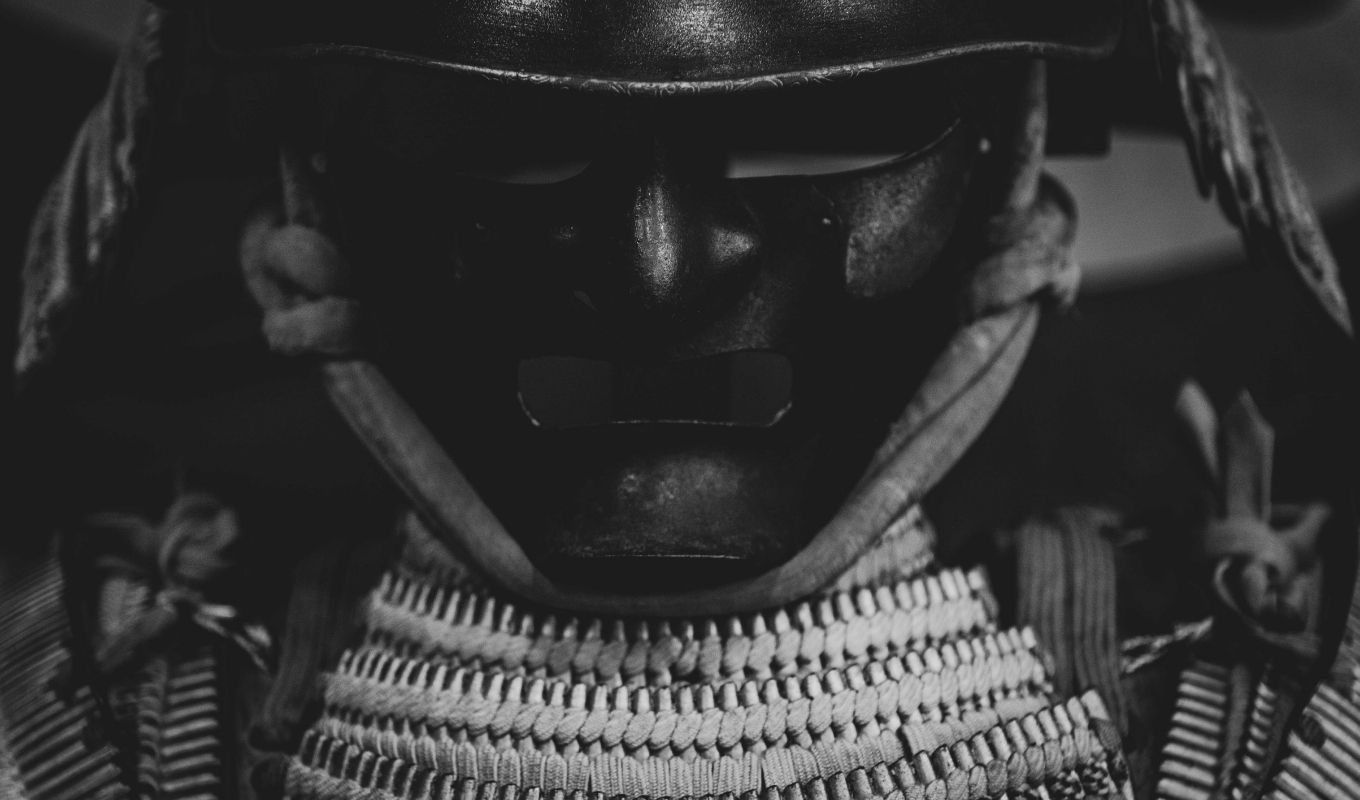
Samurai warriors were known for their exceptional skills in battle, which were supported by their weapons and armor. Samurai weapons were designed to be efficient, deadly, and versatile, while their armor was crafted to provide maximum protection without sacrificing mobility.
The most famous weapon in the samurai’s arsenal is undoubtedly the katana, a curved, single-edged sword that was used for both cutting and thrusting. The katana was the samurai’s primary weapon, and it was said to be an extension of the samurai’s soul.

Other swords used by the samurai include the wakizashi, a shorter sword that was often used in close combat, and the tanto, a dagger-like weapon that was used for stabbing and slashing. In addition to swords, samurai warriors also used a variety of other weapons, including bows and arrows, spears, and polearms.
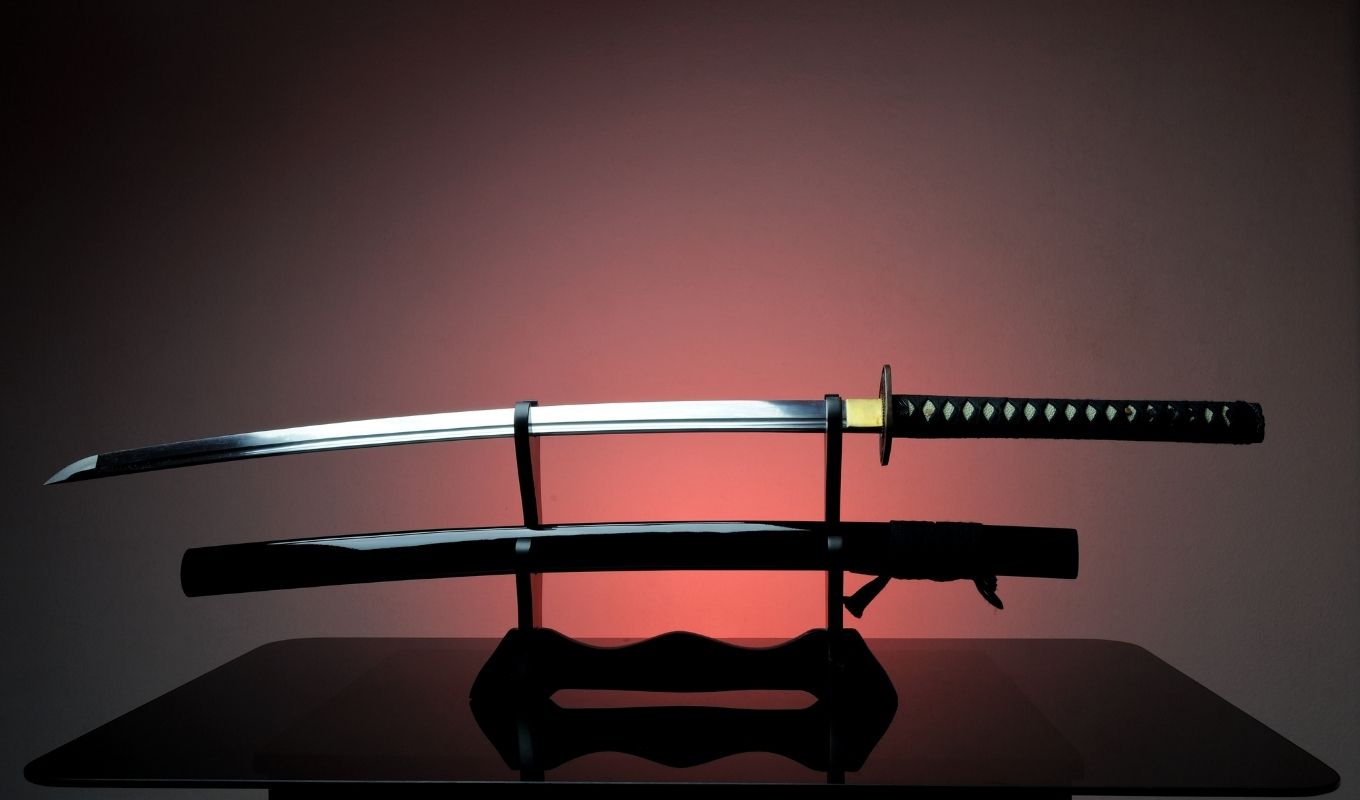
The yumi, or Japanese longbow, was a particularly important weapon, as it allowed samurai archers to strike their enemies from a distance. Samurai armor was designed to protect the warrior’s body from harm while allowing for maximum mobility on the battlefield.
The traditional samurai armor, or yoroi, was made up of several components, including the kabuto (helmet), the dou (chest armor), the kusazari (waist armor), and the suneate (shin guards). The kabuto was perhaps the most recognizable component of the samurai’s armor, as it was often adorned with elaborate decorations and crests.
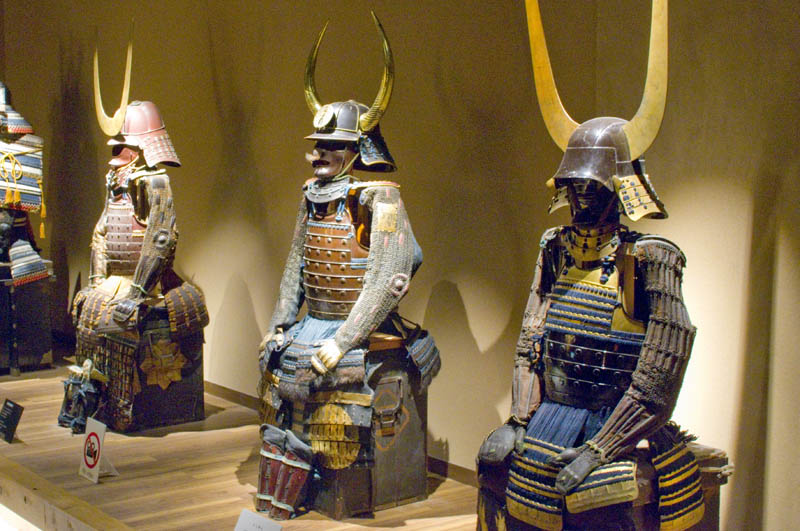
The dou was the main component of the armor and was made up of several plates that were laced together with silk cords. The kusazari was a series of small metal plates that hung from the waist and protected the lower body, while the suneate protected the shins and feet.
Overall, the weapons and armor of the samurai were a testament to their skill, dedication, and honor. These tools of war allowed samurai warriors to defend their lord and their country with great efficiency and effectiveness, and they remain a symbol of Japanese culture and history to this day.
Bushido Code

The Bushido Code, also known as the “Way of the Warrior,” was a code of conduct that governed the behavior of samurai warriors in feudal Japan. It was a set of principles that emphasized loyalty, honor, and self-discipline. The code was developed over centuries and was formalized during the Edo period (1603-1868).
The Bushido Code consisted of eight virtues that were considered essential for a samurai warrior to uphold:
- Rectitude (義, gi): The samurai should be honest and just in all dealings.
- Courage (勇, yū): The samurai should be fearless in the face of danger.
- Benevolence (仁, jin): The samurai should show compassion and kindness to others.
- Respect (礼, rei): The samurai should show respect for others, especially those in positions of authority.
- Honor (誉, yo): The samurai should uphold their honor at all times.
- Loyalty (忠義, chūgi): The samurai should be loyal to their lord and their clan.
- Self-Control (自制, jisei): The samurai should exercise self-discipline and control their emotions.
- Justice (義理, giri): The samurai should act with fairness and justice in all matters.
These virtues were not just ideals to aspire to, but were considered essential for a samurai to embody in order to maintain their honor and status. The Bushido Code was not just a set of rules, but a way of life for samurai warriors.
While the Bushido Code was primarily associated with samurai warriors, its principles were also adopted by other members of Japanese society. In the mid-19th century, the precepts of Bushido were made the basis of ethical training for the whole society, with the emperor replacing the feudal lord as the focus of loyalty and sacrifice.
Today, the Bushido Code continues to be studied and admired for its emphasis on honor, discipline, and self-control. Its principles have inspired countless works of literature, film, and art, and continue to influence modern Japanese culture.
Decline of Samurai
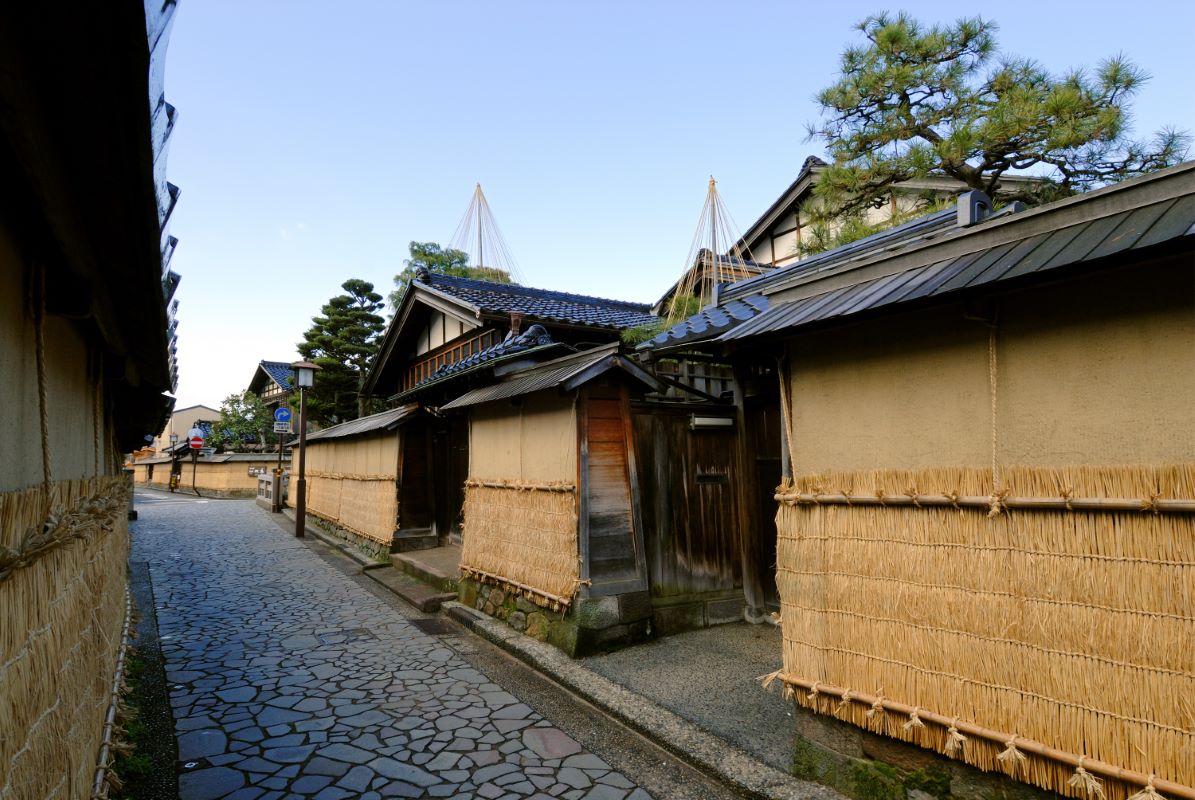
During the late Tokugawa period, the samurai class was an integral part of Japanese society. However, the Meiji Restoration in 1868 marked the beginning of the end for the samurai. The military reform that was enacted during the last days of the Tokugawa regime led to the decline of the samurai class.
With the decline of the samurai class, the hierarchical estate system that had propped it up also disappeared. Egalitarianism, at least in law, became the engine that took Japan to a parliamentary monarchy with a high rate of literacy. The samurai class lost its privileged position when feudalism was officially abolished in 1871.
Discontented former samurai rose in rebellion several times during the 1870s, but these revolts were quickly suppressed by the newly established national army. The samurai class was no longer needed in modern Japan, and many samurai were forced to find new ways to make a living.
Despite their decline, the samurai still hold a prominent place in Japanese culture and history. They are often depicted in movies, books, and other forms of media as heroic figures who embody the virtues of loyalty, honor, and bravery. Today, the legacy of the samurai lives on in Japan’s martial arts, such as kendo and judo, and in the country’s traditional arts and crafts.
Legacy of Samurai
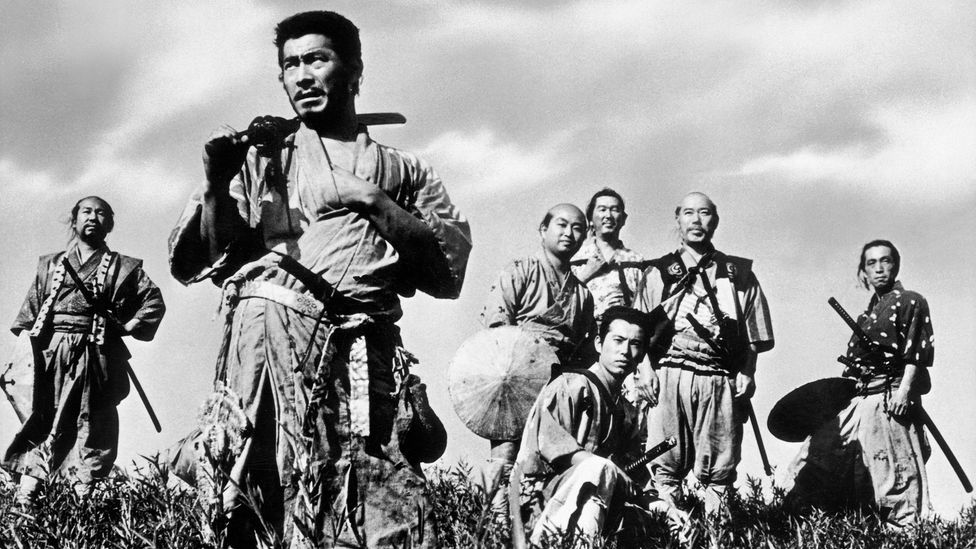
The samurai were a powerful warrior class that ruled Japan for seven centuries. They were more than just skilled fighters, they were also respected for their honor, loyalty, and discipline. Their legacy is still felt today in Japan and around the world.
One of the most enduring legacies of the samurai is their code of conduct, known as Bushido. This code emphasized loyalty, honor, and self-discipline, and it shaped the way the samurai lived their lives. The samurai were expected to be skilled in many areas, including martial arts, poetry, and calligraphy. They were also expected to be loyal to their lords, even to the point of sacrificing their own lives if necessary.
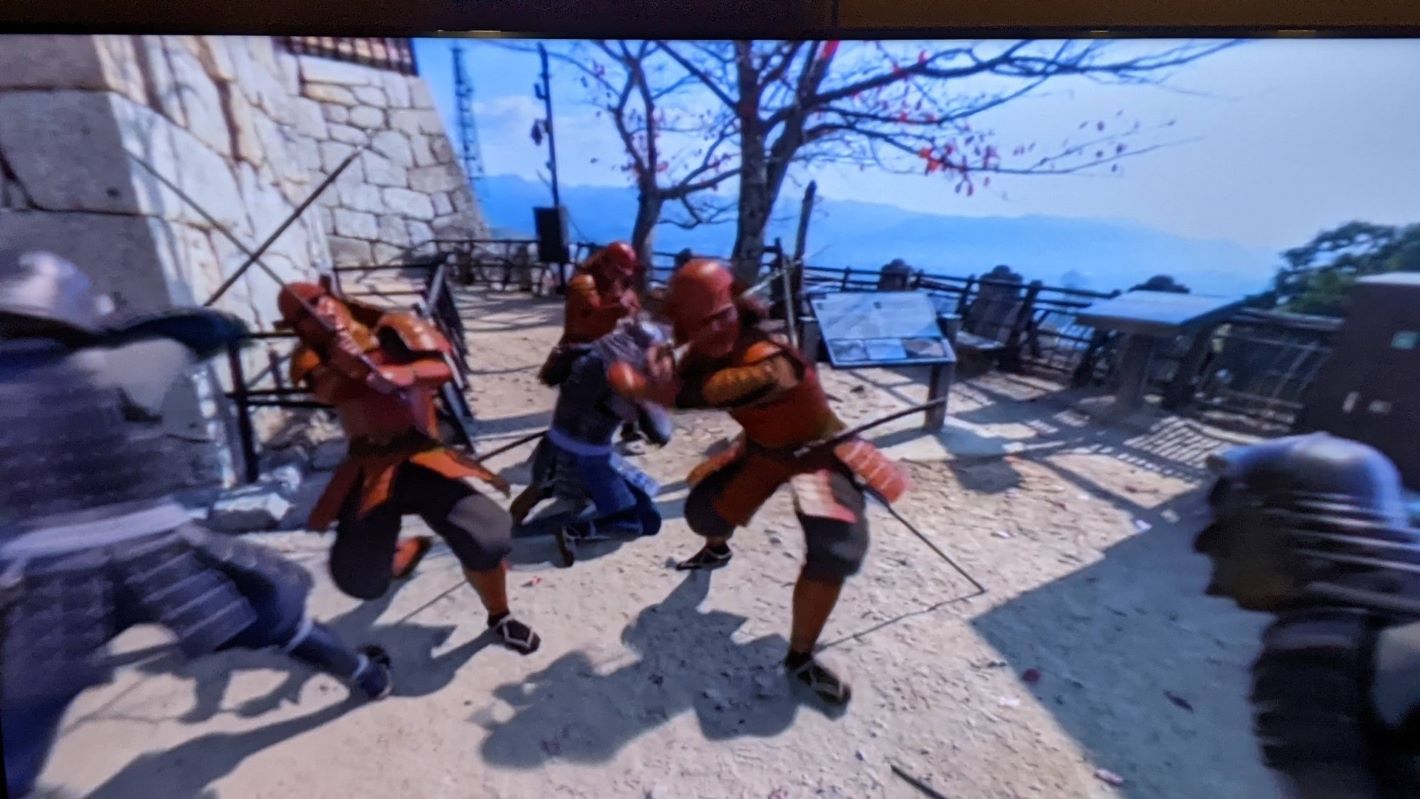
Another legacy of the samurai is their influence on Japanese culture. The samurai were not just warriors, they were also patrons of the arts. They supported poets, painters, and other artists, and they helped to shape the culture of Japan. Many of the traditional arts and crafts of Japan, such as tea ceremonies and flower arrangements, were developed by the samurai.
The samurai also had a profound impact on the military tactics and strategies of Japan. They were skilled in both individual combat and large-scale battles, and they developed many innovative tactics that are still studied today. Their use of the sword, in particular, was legendary, and it is still studied by martial artists around the world.
Overall, the legacy of the samurai is one of discipline, honor, and loyalty. Their influence can be seen in many areas of Japanese culture, from the arts to the military. Their code of conduct, Bushido, is still studied and admired today, and their skills in combat and strategy are still respected by martial artists and military historians around the world.

